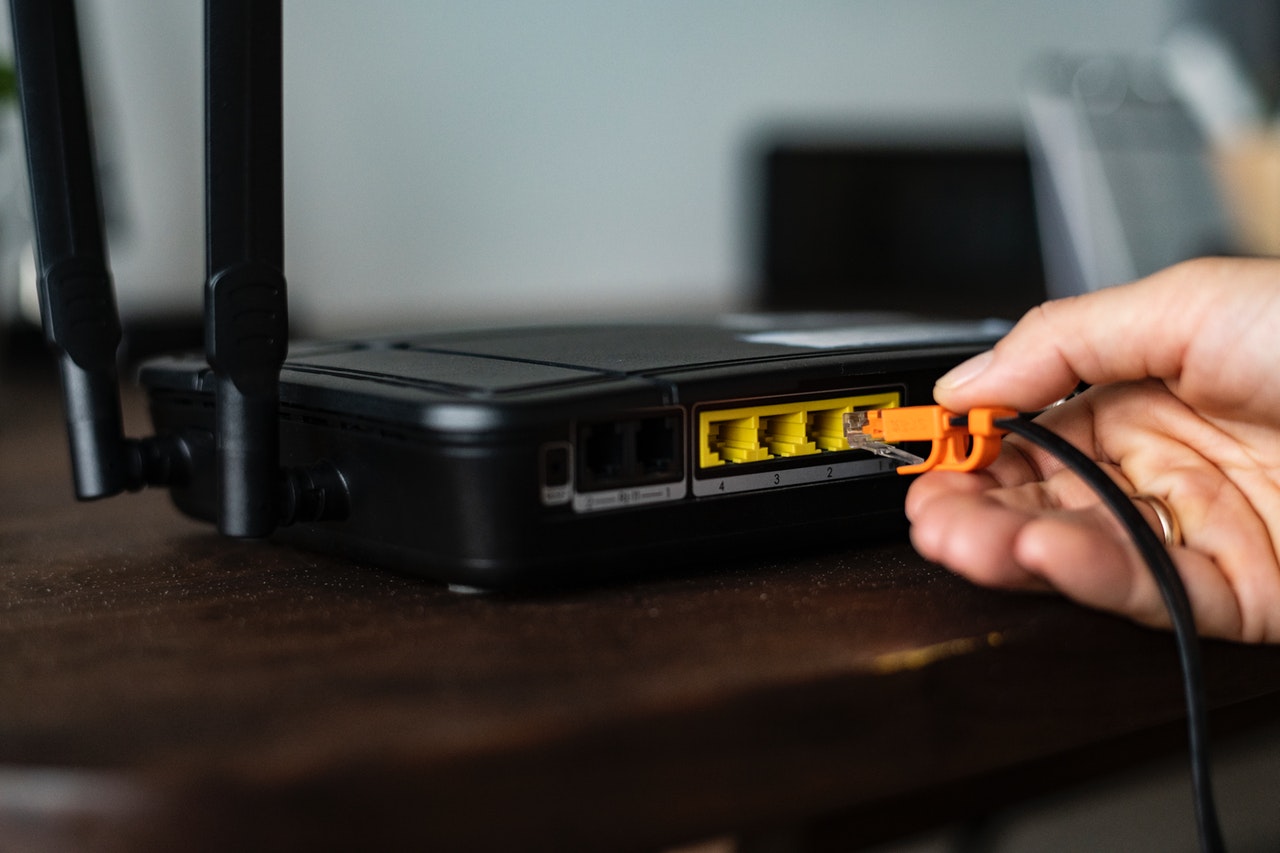Whether you’re moving to a new office, attempting to replace a legacy solution, or setting up your business network for the first time, there’s a lot to consider.
Networking can be intimidating, especially if you don’t have an IT team in place to tell you what you need and why. While your installer will be more than happy to provide you with everything you need, it’s always a good idea that you understand what you need, why you need it, and what it should do.
Your business networking solution will enable data transfer and storage, it will enable any work on computers, will connect you to cloud tooling, and will allow even simple businesses processes like accepting credit cards.
You need a network, and you need it to be designed to meet your specific organizational needs.
While you will likely have specific considerations that your installer can help with during the installation, the following article will walk you through everything you need to get started choosing networking solutions for your small business.
Elements of your Small Business Network
Your networking solution will consist of a series of hardware devices and cabling. You’ll also likely need a varied setup of servers and repeaters depending on your organization and its network needs.
Router – Your network router is one of the most important devices on your network. This device connects networked computers to the Internet. Routers can be fairly complex, complete with their own management software, firewall and anti-malware, and can function as a dispatcher.
Even more complex solutions allow you to prioritize traffic, giving specific computers priority, locking others out, and otherwise managing user access. You may need one or more routers depending on organization size.
Switch – Switches function like Routers except they connect devices to other devices internally to create a network. Switches are crucial for connecting devices together so you can utilize a single router, for creating internal networks, and for sharing data between devices on the network. Creating a network is not possible without switches.
Server – Servers function to store files and data on your network. You will likely need several, such as for print, for file backups, for tooling, and so on. Servers can be tied into the network as a whole or networked to specific devices.
For example, print servers are sometimes networked to printers, which are then networked to computers, so that only the printer can directly access the server. However, this setup will vary a great deal depending on your architecture.
Access Points – Access points allow devices to connect to your network without cables. This is required for some devices such as laptops and mobile devices and will be essential if you allow BYOD or use mobile devices across your organization.
Access Points can offer their own very sophisticated user access management, firewalls, and data management depending on model and software.
Repeater – In some cases, you may choose to install repeaters to expand the strength and distance of your wireless network. Repeaters function similarly to access points, but without the additional functionality.
Controllers – Central network controls, which may be built into the routers or may be installed separately.
Tips for Choosing the Right Networking Solutions
In most cases, installing a small business network will involve contacting an installer, going over needs and budget, and allowing them to choose most of your solutions for you. This is ideal for small businesses, and especially ideal when you are choosing to outsource IT or otherwise outsource networking rather than taking on an internal team.
Business-Grade – Commercial-grade switches and routers can be cheaper than business-grade, which makes them attractive to small businesses. However, this can be a mistake in that commercial grade offers less durability, fewer security solutions, and less access management.
Choose for Maintenance – It’s important to review the long-term costs of maintenance and upgrade when installing your solution.
Installing routers and switches with remote power and management solutions allow you to handle updates and security patches remotely. This is especially crucial when looking at remote installations or difficult-to-reach installations that might require more time or effort to service regularly.
Go Modular – Your network is defined by how well it meets your organizational needs. Chances are, those needs will change and will continue to do so.
Design a network that can easily be expanded, upgraded, and improved. This means choosing network management software that can grow to meet your needs, that offers the security functionality you need, and that covers necessities such as VoIP, WAP, and remote access.
Mid-Range – In most cases, budget equipment doesn’t offer the same functionality or durability as mid-range. At the same time, high-end equipment won’t offer enough to cover the additional expense unless you need very specific features such as very high security or very good software solutions. Mid-range solutions will typically offer the most for your investment.
Choose Deployment – Small business networks can be deployed in numerous ways and it’s important to consider what’s right for your organization.
- Controller-less – Simple mobile access points are installed with no separate controllers. This offers less security and less physical access points but offers quick setup and installation across your organization.
- Centralized – A network is set up across an organization with centralized controllers. This is the most common solution for most small businesses.
- Converged – Wireless and wired networks are converged onto a single access point, simplifying the number of devices needed
- Cloud – Network hardware is primarily installed remotely and accessed via cloud. However, this solution is relatively new and can be expensive
If you have a good idea of what you need, chances are, your installer will be able to help you make good decisions. Most small businesses can benefit from choosing a centralized system which will cover most of your needs. However, you may want to add on cloud functionality or otherwise further simplify your system with another deployment.
Small business networking solutions allow your organization to work using both private networks and the Internet. They are essential for functionality such as payments, printing, data storage, and even linking computers together. Most importantly, choosing a quality network will enable your organization to perform work more quickly, more efficiently, and with greater security, which will benefit your business as a whole.






